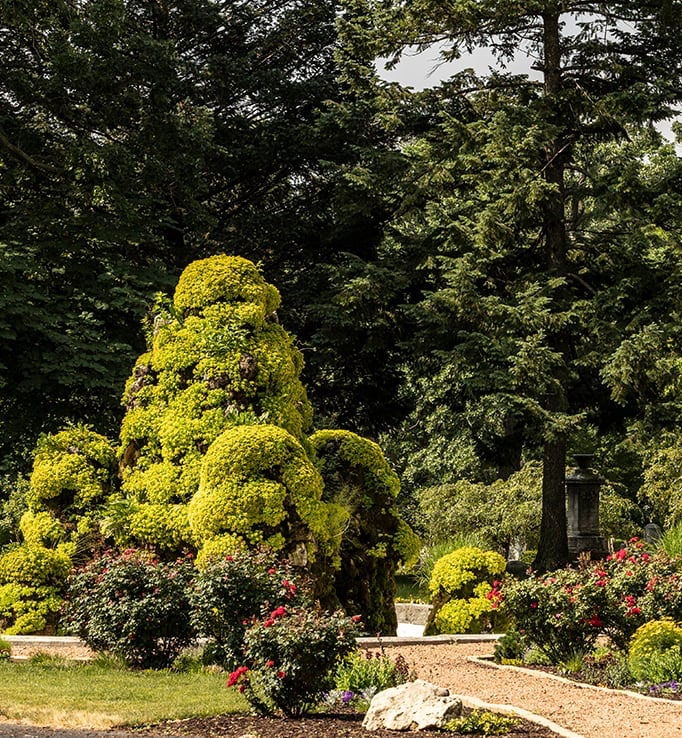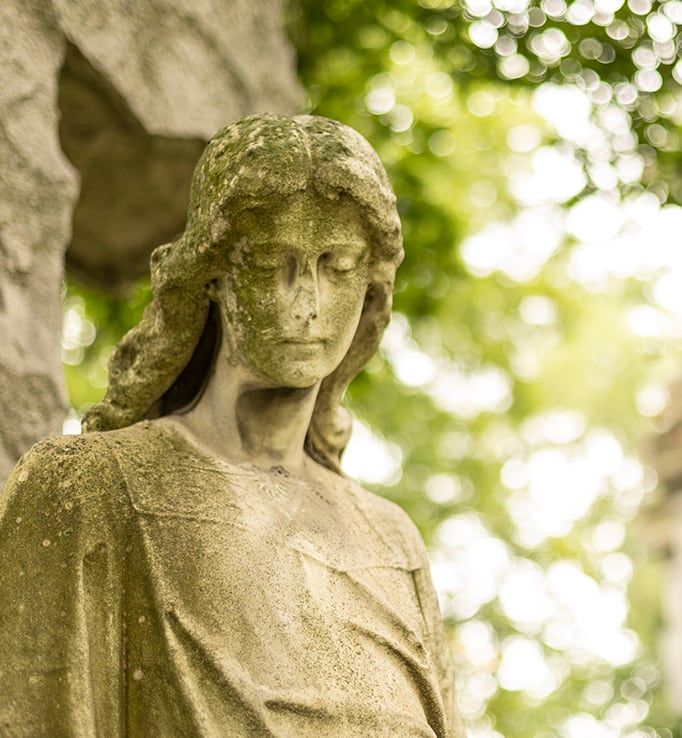Since operations started in 1850, Forest Home’s history reflects the historical changes of Milwaukee and its surrounding communities. It is the final resting place to beer barons, industrialists, mayors, governors, senators, and families who have made significant contributions to, and helped to build, Milwaukee. But it is a cemetery open to anyone!
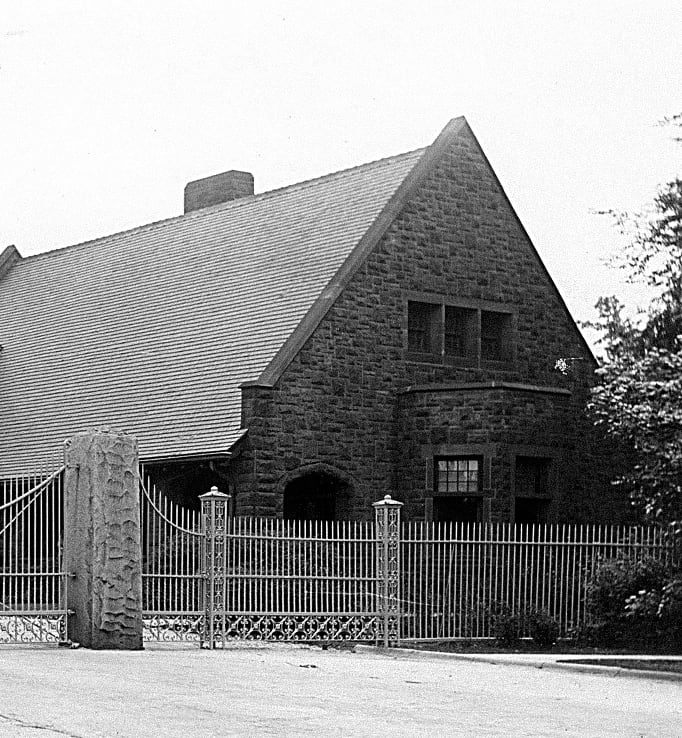
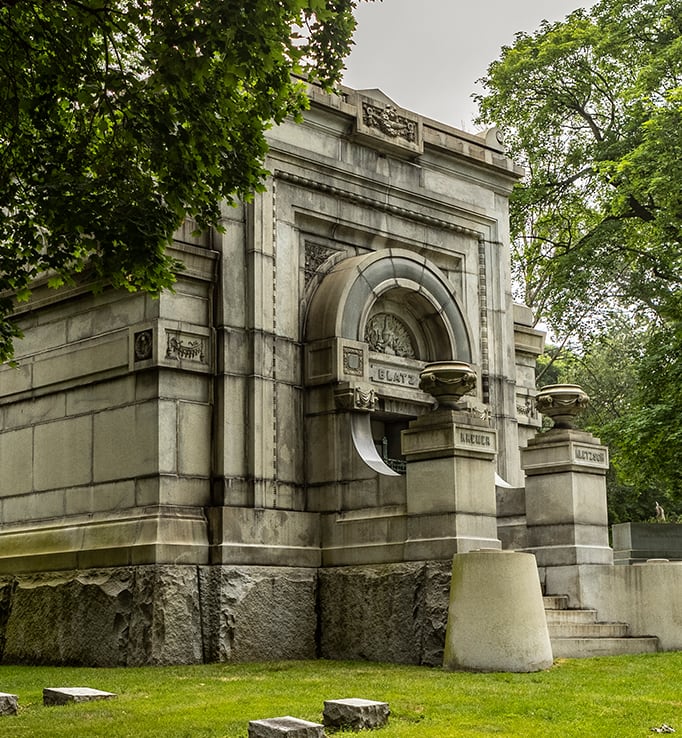
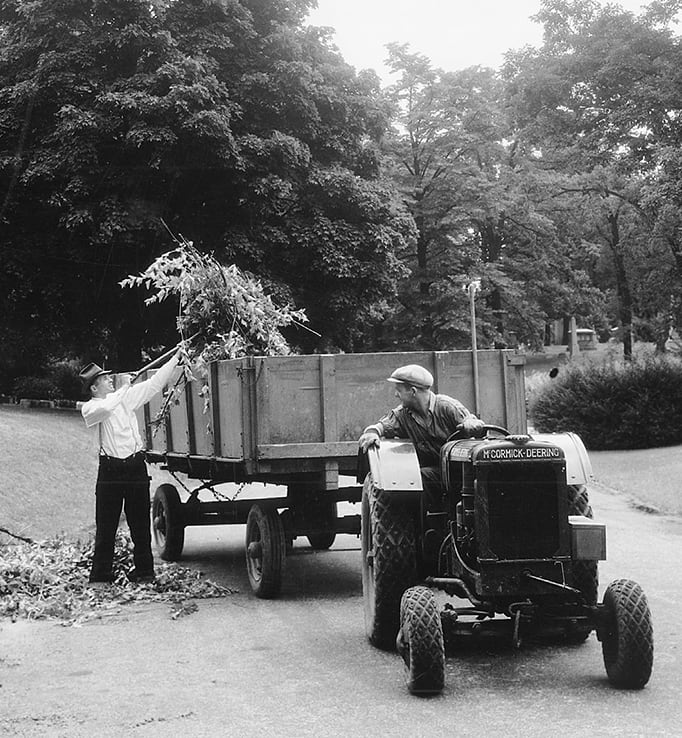
“Open to All” From the Beginning
In 1847, St. Paul’s Episcopal Church leadership began discussions for developing a “cemetery for the city”. At the time, Milwaukee had six small cemeteries: one Catholic, one Lutheran, one Jewish and three operated by the city. The religious cemeteries had restricted burial based on membership in those religious organizations. The city cemeteries were poorly maintained and were used for the grazing of animals and at times the graves were not dug deep enough. It was in response to these poor cemetery conditions that St. Paul’s eventually bought 72 acres in 1849 outside the city limits as a cemetery for a “peaceful rest” that would be open to all. A sales slogan used for decades described Forest Home as “open to all faiths and not-for-profit”.
The Garden Cemetery Design
In the winter of 1850, St. Paul’s solicited 50 prominent Milwaukeeans to pay $20 each for future burial rights to a family lot of 20’ x 20’ raising $1000 of operating capital. They contracted with Increase A. Lapham to design the cemetery. He modeled the cemetery after Mt. Auburn Cemetery in Cambridge, MA the first of the “garden cemetery” designs in the U.S. The basic principle of the garden cemetery was to maintain the natural landscape as a place of dignified burial. Forest Home’s property reflects a gentle rolling countryside that was present when the first settlers came to Milwaukee and a landscape familiar to the Native American Indian tribes that lived in the area. Lapham’s design is evident today in that there are no straight roads, only roads that curve with the natural landscape.
The first burial at Forest Home is recorded as Orville Cadwell, buried August 5, 1850. One of the early design elements of the cemetery was to design family lots of 4, 6, 8, and 12 grave space lots. The idea that families would stay together in life, as well as death, was a common practice throughout the Victorian era, changing only to “mom and pop” lots at the time of WWI.
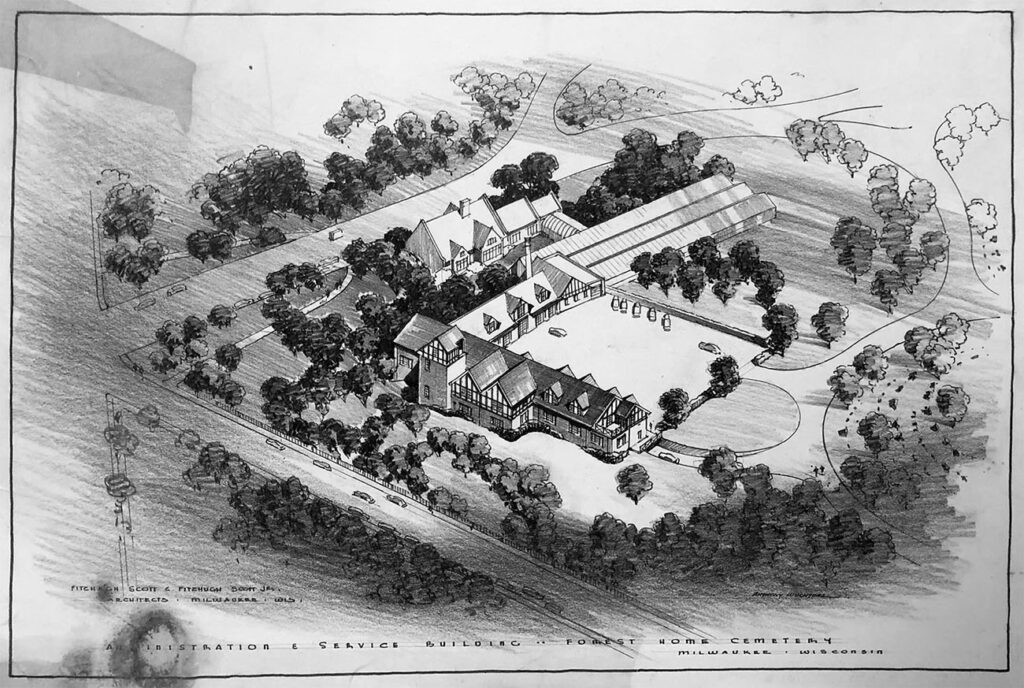
The Growth of Milwaukee (and Forest Home)
Forest Home benefitted from the rapid growth of Milwaukee both prior to and following the Civil War. When the cemetery opened in 1850, Milwaukee had about 20,000 inhabitants, but by 1900 the population had swelled to 285,000 and was still growing. Forest Home also grew by acquiring additional land, and by 1900 reaching its current size of 189 acres. Original plans called for families to maintain the family lots, plantings and grass, however this proved to be impractical and the cemetery developed a “perpetual care” charge for property maintenance. This policy allowed for a future revenue stream based on “set asides” from each sale being placed into a “perpetual care” fund.
A major problem for any cemetery in colder climates was frozen ground in the winter months of December, January, February, and March. Bodies had to be stored in ground facilities like root cellars until warmer weather allowed for the funeral service. With the increasing use of embalming as a standard by the 1890s storage for bodies over the winter months became easier and the root cellar spaces were removed and repurposed.

A Cemetery of Monuments
The end of the Civil War ushered in the industrial age in America, and the greater Milwaukee area benefitted from this growth. This led to significant accumulation of wealth that allowed for the display of monuments. Equally important was the new found ability to cut granite, a stone that was not subject to the weathering of marble and limestone monuments that showed deterioration over time. Cemeteries that existed before the Civil War frequently had gravestones made of marble and limestone; these are softer stones that deteriorate over time, often making the words illegible.
Another trend around this time was the popularity of all things Egyptian, establishing a stylish trend using obelisks, sarcophagi, urns and other elements to shape the design of these new monuments. What is amazing is that all this granite was pulled into place with only horses as the major source of power. One monument actually required a steam engine to lift the stone into place at one of the Midwest’s largest mausoleums. In Milwaukee as well as other “garden” or “monumental” cemeteries, the race was on to see who could have the biggest and most stunning memorial markers.
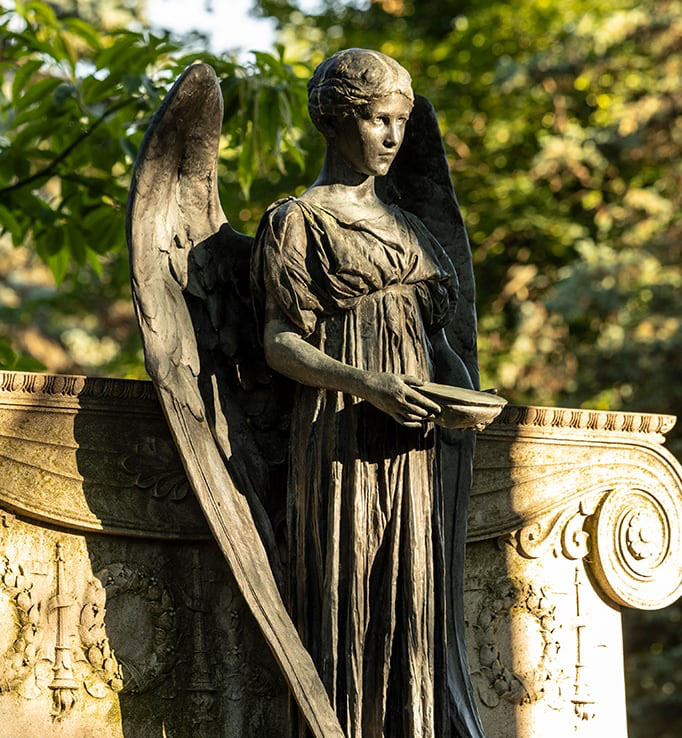
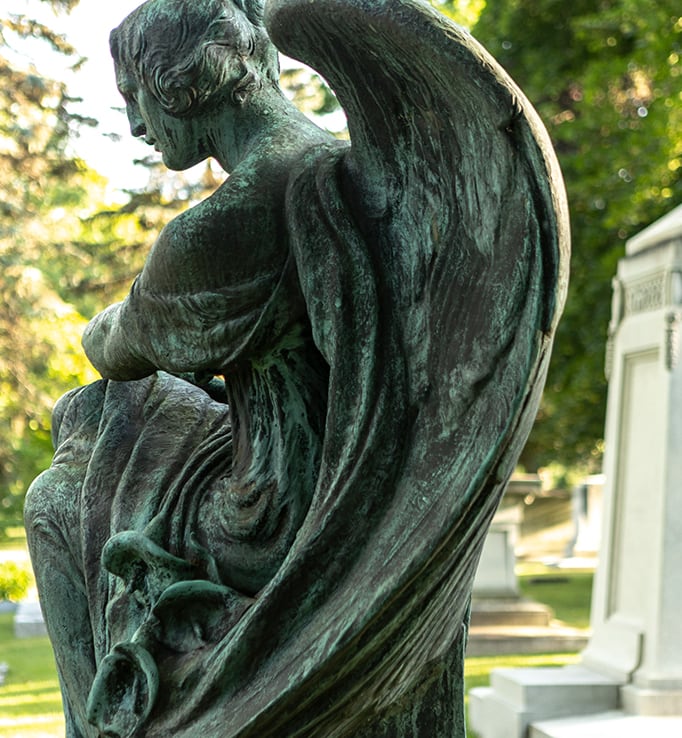
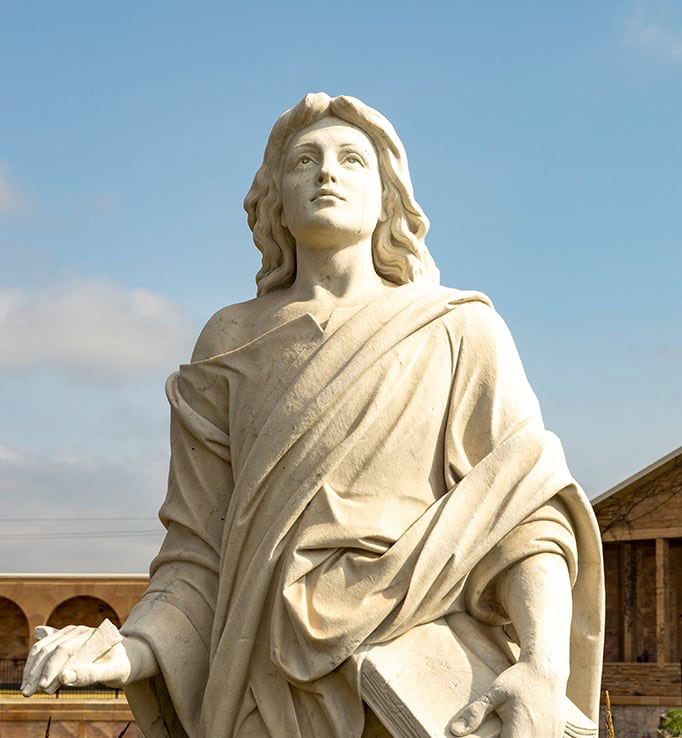
Changes in Burial Practices Over the Years
During the first 50 years of the cemetery’s existence, burial practices changed significantly. In 1850, burial was generally completed within five days of a person’s death. Commonly, the body was displayed in the living room or parlor of the deceased’s home for three days with family and friends visiting to pay their respects.
Cemetery processions were generally large and took considerable time as the cemetery was usually on the outskirts of the city. Embalming did not become in vogue until after the Civil War and gradually became the standard for most funeral and burial practices.
The Evolution of Record-Keeping
In the early days, the cemetery record keeping system was a simple alphabetical listing of name and location. Over time, this process became insufficient as more property and burials were recorded. The cemetery then developed a section and plot system that used precision design that identified every grave possible in a given section. This allowed for precise location with each section, plot and grave having a number that could be attached to a given name. This, coupled with an alphabetical listing, allowed cemetery staff to easily find the actual location for families. Today this has all been computerized, but the section and plot map system is still in place.
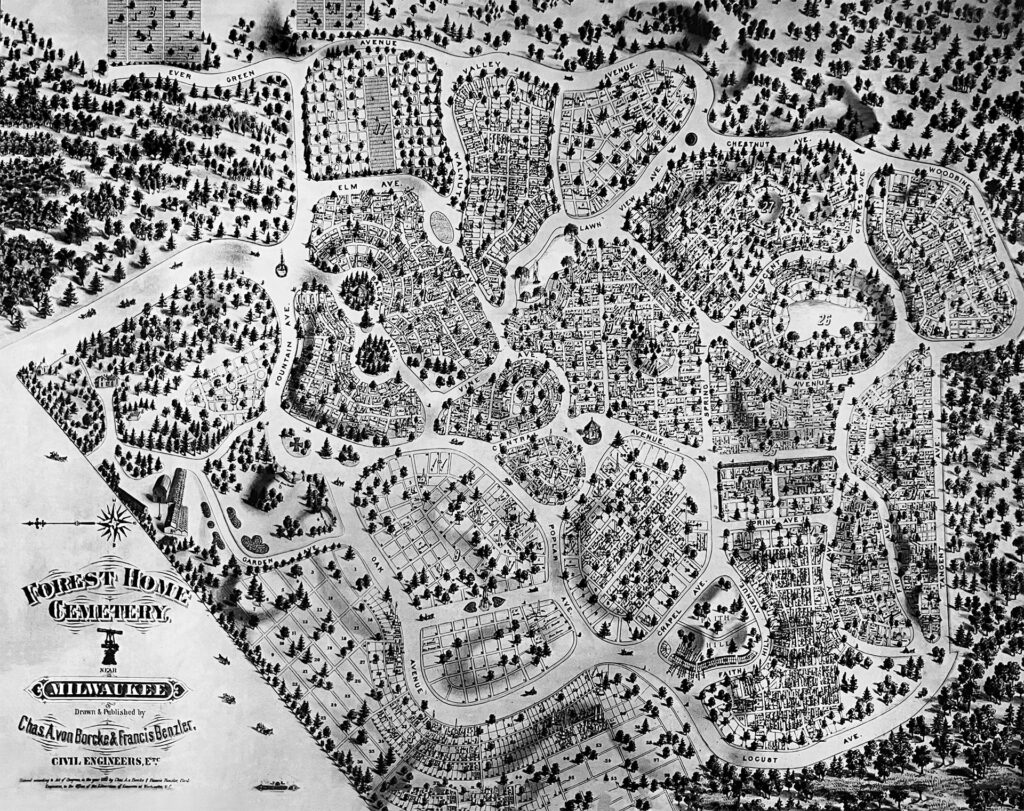
The Upper Midwest’s First Crematory
In 1890, Forest Home contracted with the architectural firm of Ferry and Clas to design a chapel for the cemetery for funeral and visitation purposes. This chapel, still in use, was unique in its floral conservatories on each side of the chapel for the display of funeral flowers as well as a seasonal display of flowers. In 1896, Forest Home installed the first crematory in the Upper Midwest in the basement of the chapel with both a retort room and a family waiting room.
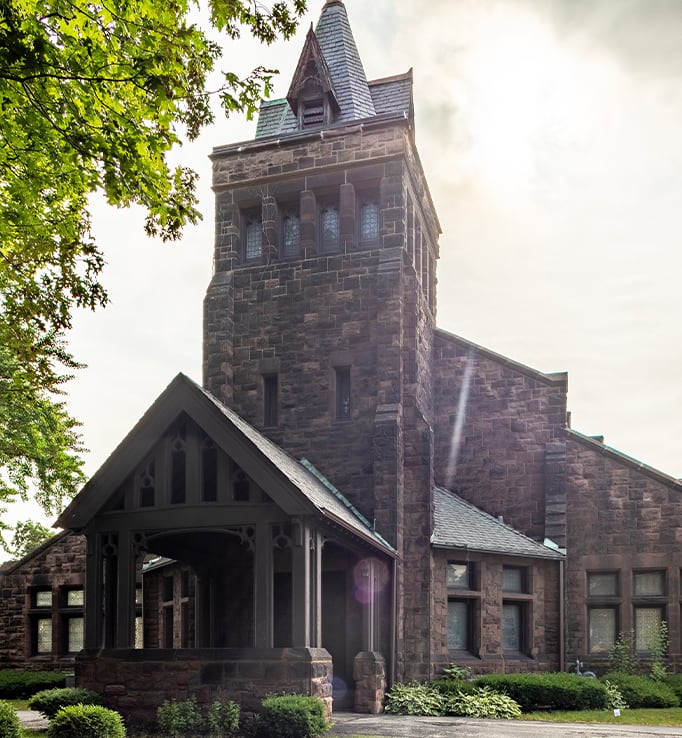
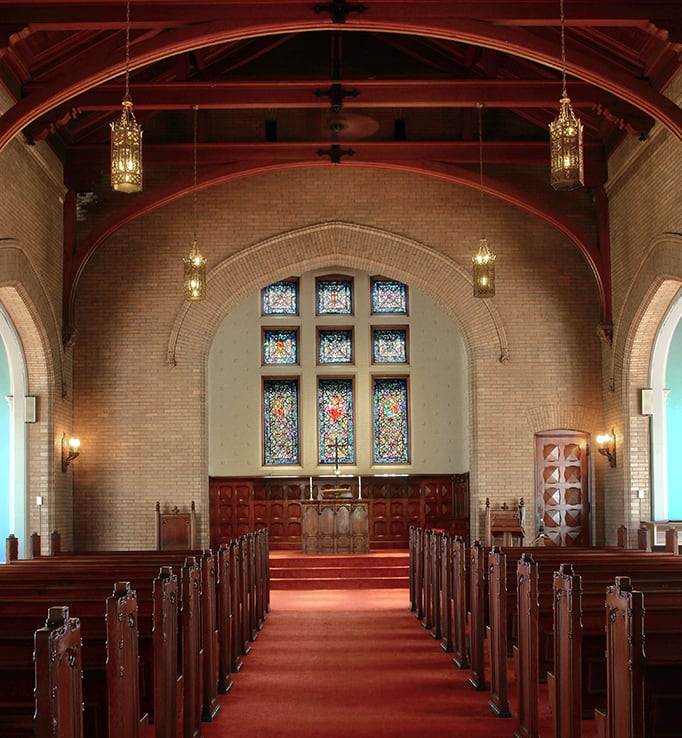
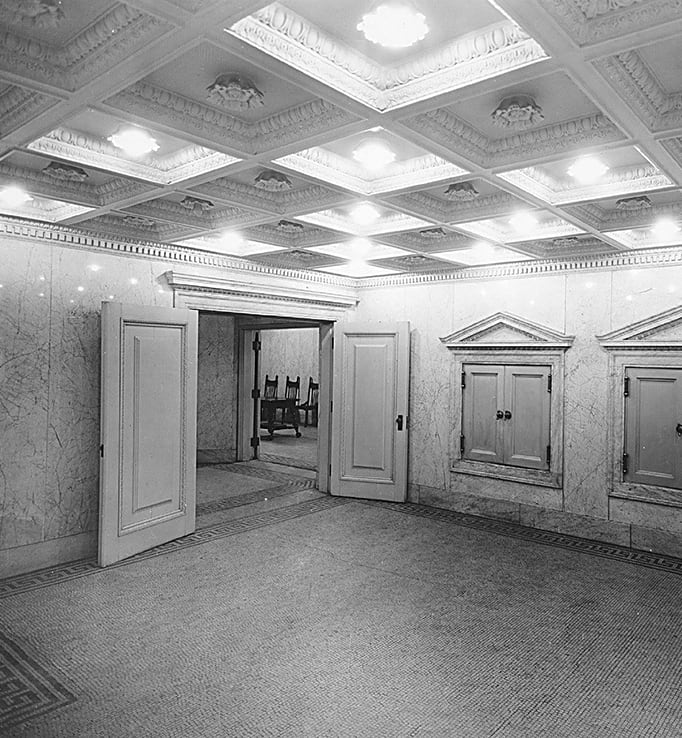
Many of the early users of the crematory were from out of state, taking the cremains home with them for disposition in their home community. The original crematory remains intact and is open for special events, but is no longer used. There is a new crematory elsewhere on the grounds.
Today cremation has become a popular alternative to traditional burial with the cemetery offering several options of cremation and ways to display.
The Present and Future of Forest Home
Forest Home Cemetery & Arboretum is still an open, and active cemetery with more than 118,000 people buried to date and enough room to do burials for 100 more years! We invite you and your family to become one of our “Who’s Who” to reside at Forest Home Cemetery & Arboretum forever. But, in the meantime, we encourage you to plan a visit to see our beautiful green spaces and attend one of our many events.
